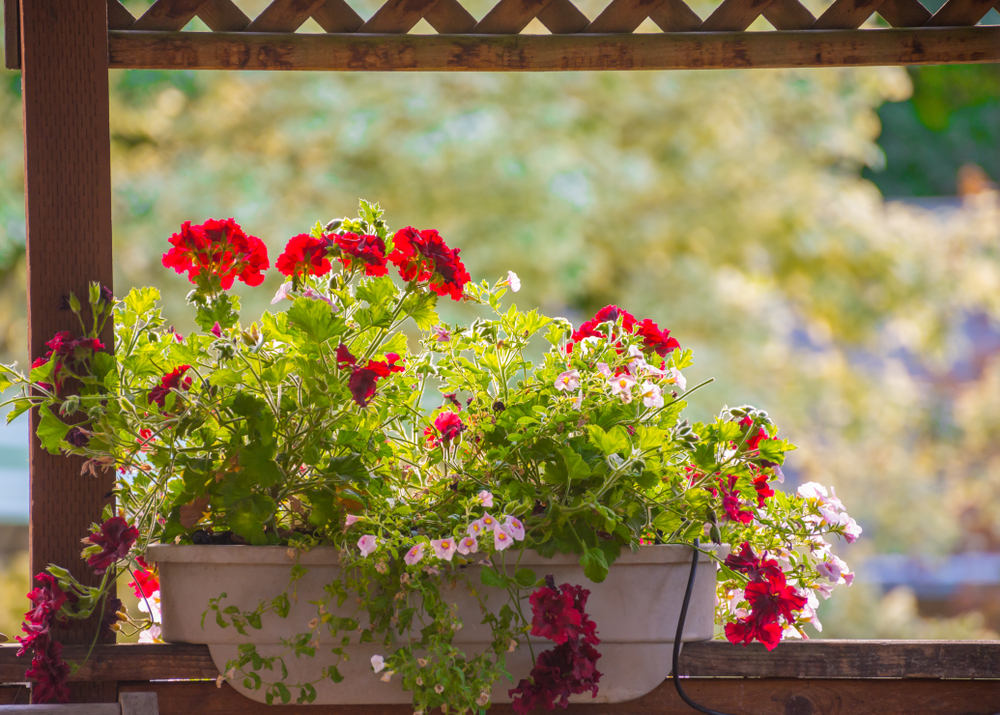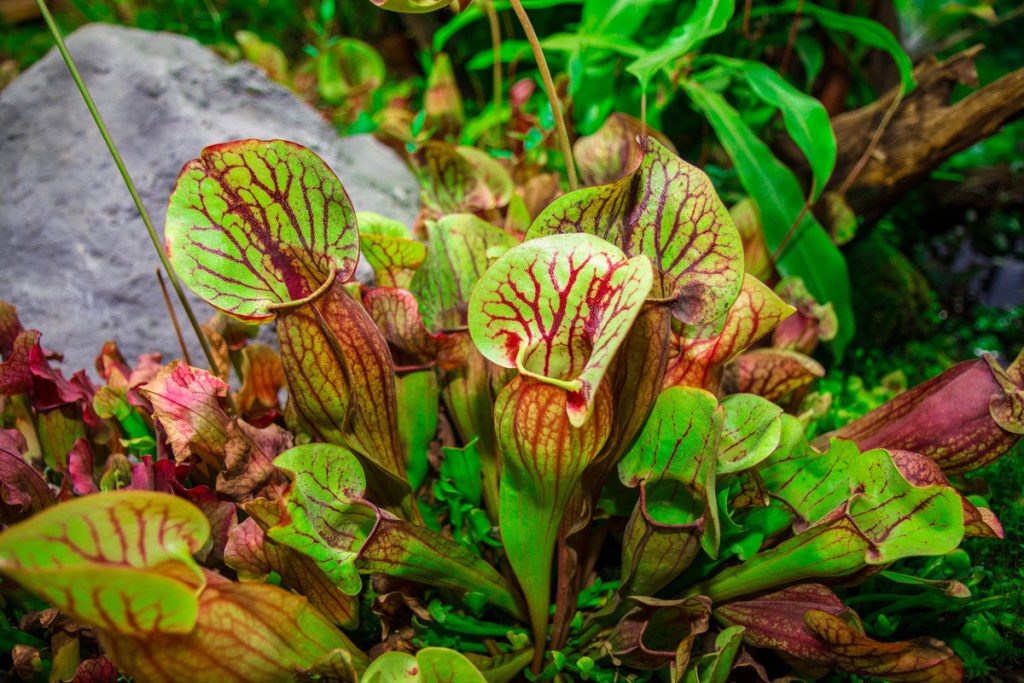Aside from looking beautiful, flowers and other plants can bring additional benefits to your vegetable garden. By mixing the following plants in with your tomatoes, cucumbers, squash, and other veggies, you’ll have a bit of natural help in preventing pests from infecting your garden. Best of all, these plants offer natural bug prevention that, hopefully, will help limit how much insecticide you’ll need to use if insects start to take over a plant.
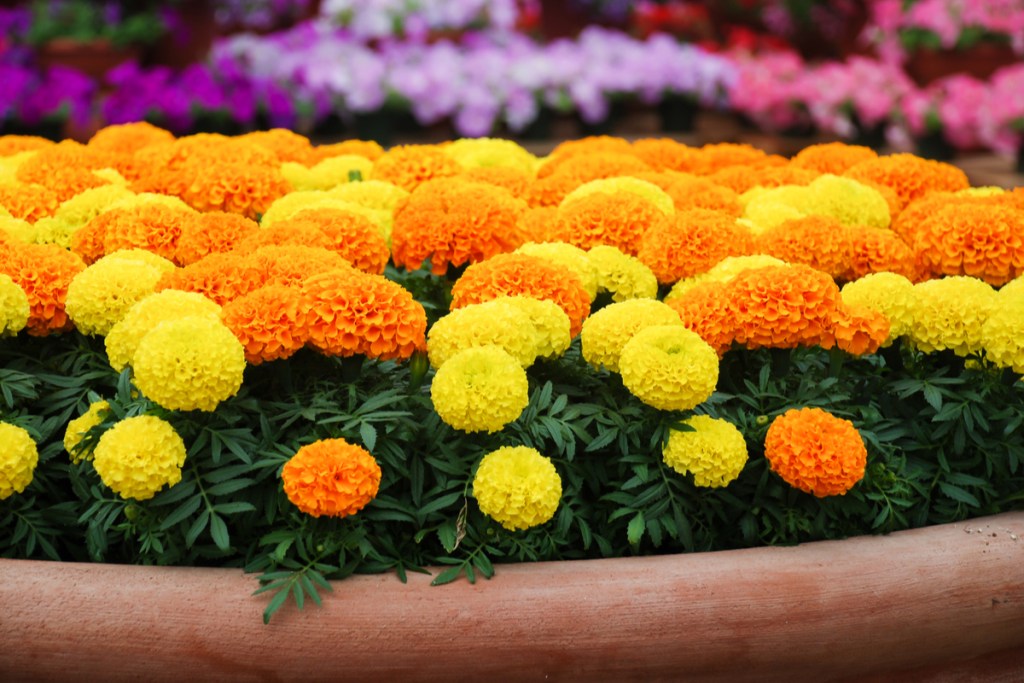
1. Marigolds
Marigolds are great help for repelling aphids and mosquitoes, as well as small animals such as rabbits. Because they’re on the smaller side, these pretty, golden flowers can easily be mixed throughout your garden without much risk of them getting too big.
To be their best and happiest selves, marigolds should be planted in a location with full sun. They aren’t too picky and will grow in any decent garden soil, so long as it’s not too acidic and they get watered fairly regularly. Marigolds don’t like to be left in dry soil for more than a couple days, especially during the hotter parts of the season; however, once they’re established in your garden, they can be somewhat drought tolerant. You just won’t see as many blooms if you forget to water them.
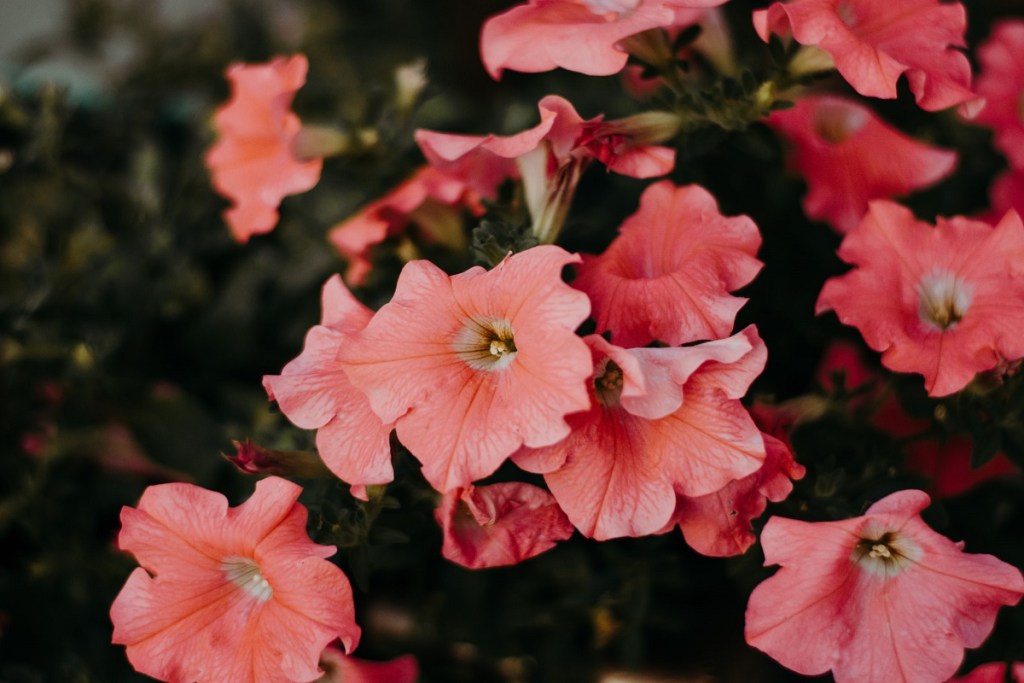
2. Petunias
Petunias help repel aphids, asparagus beetles, leafhoppers, squash bugs, and tomato hornworms. If you love growing tomatoes, you can plant petunias alongside basil interspersed throughout the tomatoes to increase natural pest prevention.
Petunias prefer at least six to eight hours of sun a day; however, in the hottest part of the summer, partial shade can be beneficial to help keep blooms looking happy and healthy. They enjoy a well-draining soil and don’t like to dry out too much between waterings. You should aim to not let the soil dry out more than two inches from the top, but take care not to overwater them, either.
3. Geraniums
Geraniums can repel leafhoppers, mosquitoes, and other types of insects. When taken care of properly, they’ll reward you with beautiful blooms and add a lovely pop of color to an otherwise mostly green garden.
Geraniums can grow happily in locations with full sun to partial shade. The best environment to promote blooms is one that gets full sun in the mornings and evenings but that provides partial shade at the hottest point of the day. Geraniums are relatively drought tolerant and can be left dry for a couple days before they show many adverse effects.
4. Lemongrass
Lemongrass plants help repel mosquitoes, which makes working in the garden a nicer environment––especially during the more humid days, when bugs are out in abundance. Nobody wants to get bitten all over while tending to their veggies, so this plant is really more for you than it is for the health of your crops.
Lemongrass prefers locations with full sun and will actually attract pests when planted in shade. Keeping the soil moist will result in the best growth, as lemongrass is native to hot and humid environments. Plant lemongrass outdoors around the same time you would plant tomato plants.
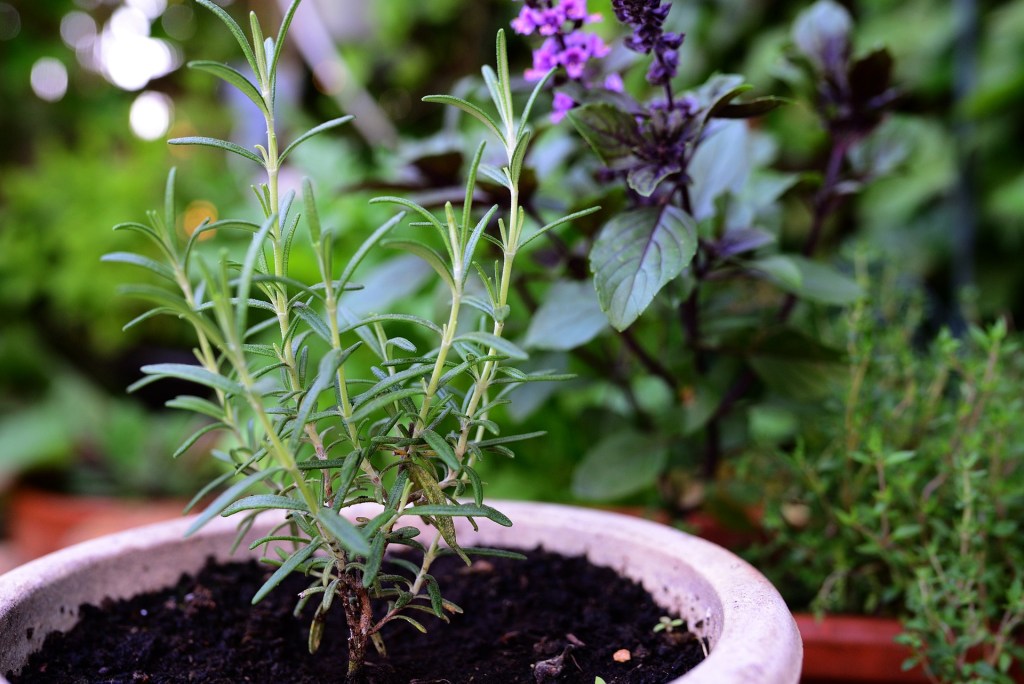
5. Rosemary
Rosemary is another plant that helps repel mosquitoes and other insects. At the very least, it will make your gardening environment more pleasant (and when it comes time to harvest, you’ll have some nice, fresh herbs for garnishing your dishes).
Rosemary care is relatively simple. Like a lot of herbs, it does best in full sun and well-draining soil. Rosemary should be watered when the soil is dry. Other than that, it can tolerate a range of humidity levels as well as high temperatures.
6. Nasturtiums
Nasturtiums can potentially repel aphids, cabbage loopers, squash bugs, whiteflies, and a variety of beetles.
Nasturtiums grow best in full sun locations, though they can tolerate a little shade (especially when it protects them from afternoon heat). They like well-draining soil and prefer an average amount of water, but they can tolerate dry soil for a day or two.
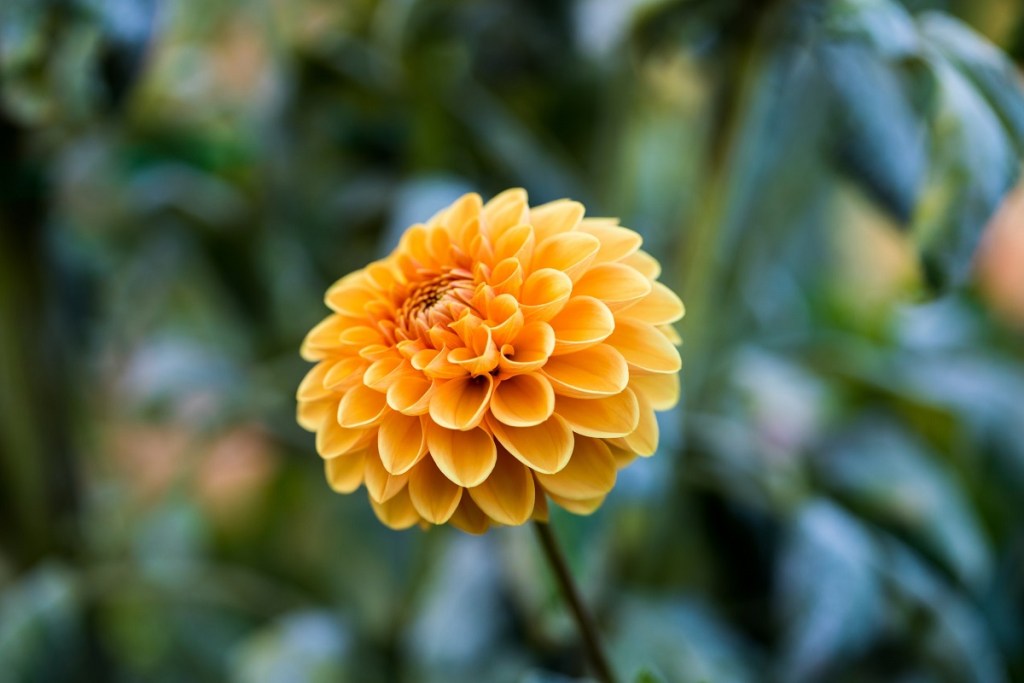
7. Chrysanthemums
Chrysanthemums (or mums, for short) are great for repelling ants, cockroaches, Japanese beetles, ticks, and more. These showy flowers can help repel bugs that other plants don’t, making them perfect for planting alongside plants like petunias or marigolds to ward off a wide variety of pests.
Chrysanthemums bloom and thrive best with six to eight hours of sunlight per day; however, they can grow in partial shade locations. They prefer having an evenly moist soil and hate soggy roots. Avoid planting these flowers near nightlights or other artificial lighting, as that can actually affect their blooming cycle.
8. Pitcher plants
As opposed to repelling pests, pitcher plants are actually carnivorous plants that trap and eat insects. These plants are great to have in your garden if you’re within their growing zone (USDA zones 6 through 8) because they’ll help take care of the bugs that make their way in despite all your preventative measures.
Pitcher plants, like most carnivorous plants, do best in full sun locations. You’ll know if your pitcher plant isn’t getting enough light when the leaves or pitchers start to droop. These plants prefer a moist, well-draining soil. Take caution not to drown your plant, but remember that it also doesn’t like to dry out much. For pitcher plants, it’s important to water the whole plant (not just the base) so that the pitcher and leaves also get some moisture.
9. Alliums
Alliums are great for repelling aphids, cabbage worms, carrot flies, and slugs. The beauty of a lot of these plants is that sometimes there’s overlap in the pests they deter, and sometimes you can plant a variety to help keep away a large number of pests instead of just a few. Even better, the Allium genus includes hundreds of plant species, including some popular herbs and vegetables you might want to plant in your garden: garlic, onions, leeks, chives, and scallions, just to name a few.
The healthiest alliums will love six to eight hours of sun per day. They can grow in partial shade, but their growing seasons are quite short. If you want the best results outside of just pest prevention, sunny spots will be much better for these plants. Alliums hate staying wet for too long, especially during dormancy, so take care to plant them in well-draining soil and water infrequently.
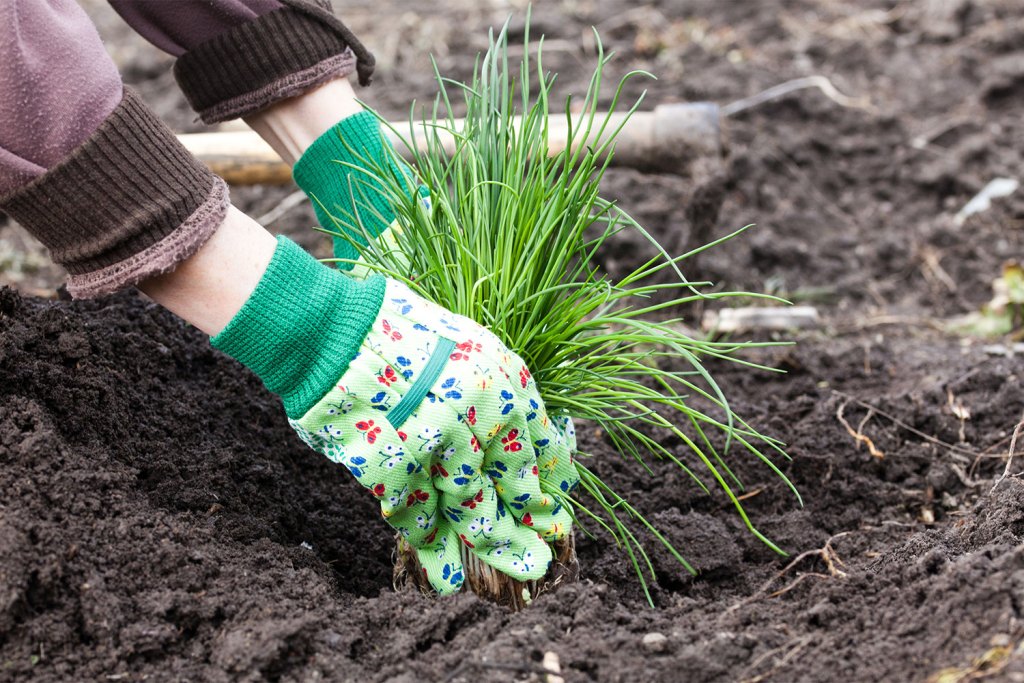
10. Garlic chives
Garlic chives are another great plant to pair with tomatoes, as well as carrots and roses. Not only do they help deter Japanese beetles from infesting your garden, but they can also help prevent black spots on your roses!
Garlic chives grow fine in partial shade, but they’ll thrive in full sunlight. They prefer a dry to medium soil that drains well, and although they can be tolerant of drought, you’ll find that your garlic chives do much better when the soil is kept moist (not soggy). Flowers should be deadheaded before they go to seed if you aren’t interested in natural spread.
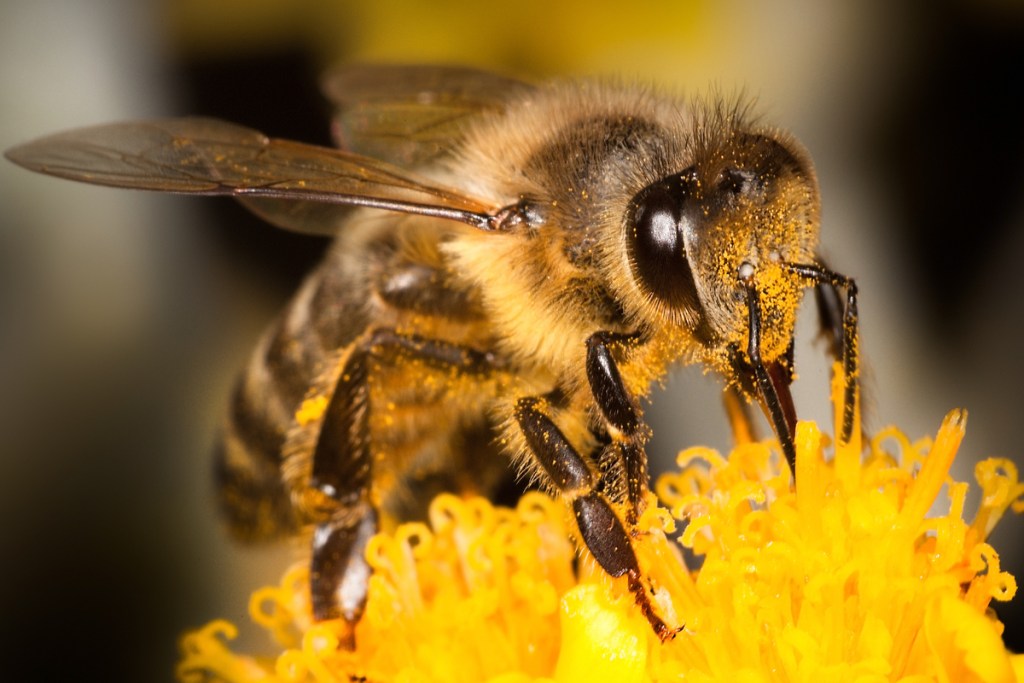
Not all insects will harm your garden
As mentioned earlier with marigolds, some plants will actually help bring beneficial insects to your vegetable garden. The flowers that help keep pests away will have a hand in attracting additional pollinators such as honeybees, which may end up resulting in a larger harvest for you. There are also many plants that attract bugs that eat pests, and those are equally as valuable to the average gardener.
Veggie gardens don’t have to be strictly vegetables, and mixing in these flowers and plants will give your plot some pops of color, some added interest, and some natural pest prevention.
Editors' Recommendations
- 3 incredible reasons why you should be using coffee grounds in your garden
- These plants should be among the first you plant this year
- Do you live in climate zone 10? Here’s our guide to choosing the perfect climate zone 10 plants
- Gardening 101: 7 easy seeds to grow in cups for a tiny, adorable, and low-maintenance indoor garden
- These are the 10 best gardening shows to stream right now
